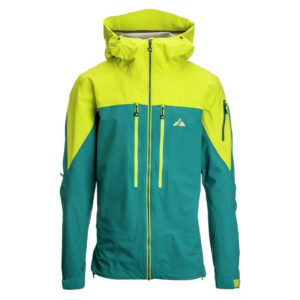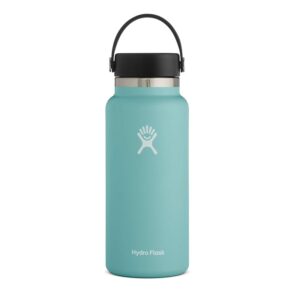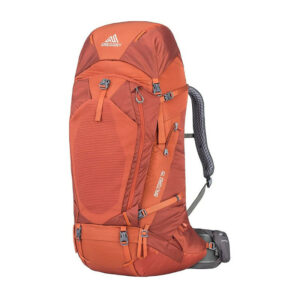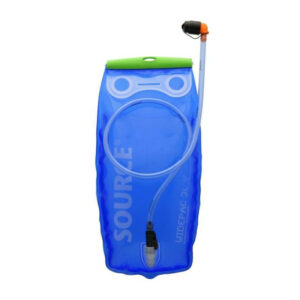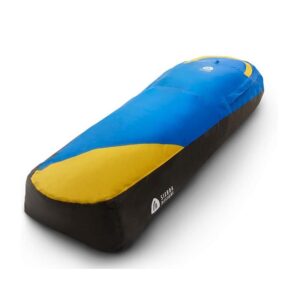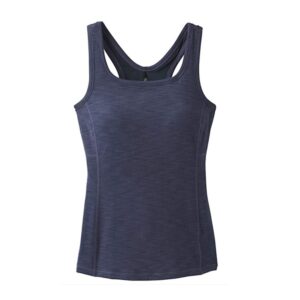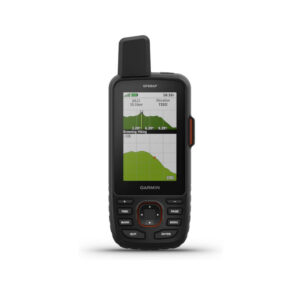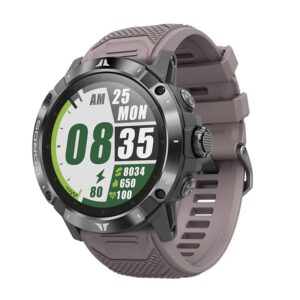Gore-Tex Jackets
For outdoor activities such as hiking, backpacking and mountaineering, high‑quality rainwear is essential. You want a shell that keeps rain, wind and snow out without…
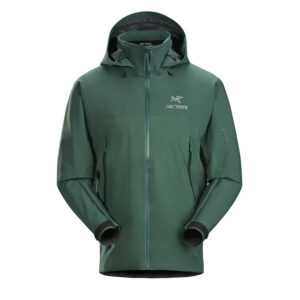
When you are looking to purchase a new piece of outdoor gear or apparel you usually have confusingly many options. We try to make your decision easier by suggesting the five best products within each category, for example daypacks, tents or trekking shoes. Each article also describes which features you should look for in that particular product type, for example lightness, durability, breathability etc. so you will be better equipped to make your own choice. You can read more about how we select the products on our recommended list here.
Knowledge Panel
Other relevant articles about the topic
All Recommended Gear
For outdoor activities such as hiking, backpacking and mountaineering, high‑quality rainwear is essential. You want a shell that keeps rain, wind and snow out without…
For aerobic activities such as mountaineering and alpine climbing you need highly breathable rainwear so you don’t soak in your own sweat during exhausting ascents….
Here we selected and reviewed the best water bottles for hiking and backpacking. We only listed insulated water bottles as these keep your beverages cool…
When you’re heading deep into the wilderness for 5 days or more, space and support matter. A 70‑litre or larger backpack allows you to pack…
A hydration bladder is very useful for hiking trips of all durations because it provides easy access to water and you have your hands free…
A portable shelter proves indispensable for multi-day outdoor adventures, granting the freedom to set up camp in various locations without the need to reach traditional…
On shorter hikes with stable weather you might feel a little silly bringing a huge backpack (which has to be packed sufficiently to provide stability)…
A tank top with a built-in bra can provide low to medium support, depending on the size of your breasts and the construction of the…
When you are hiking far away from the civilization you need reliable navigation. Smartphones are fantastic for day hikes and casual back‑country excursions, yet their…
A good hiking watch doesn’t just show time and date. It also provides altitude, location, air‑pressure trends, navigation assistance and sunrise/sunset times. Theis information helps…
